Dispatch Optimization Scheme for High Renewable Energy Penetration Using an Artificial Intelligence Model
Abstract
:1. Introduction
2. Proposed Scheme for High Penetration of Renewable Energy
2.1. Statement of Problem
2.2. Followed Method for Optimum Dispatch Finding
2.3. Trilayered Neural Network Model
3. Scenario Analysis and Simulation Results
3.1. Scenario 1 Results (All Generation Buses Have the Same Percentile of PV Units)
3.2. Scenario 2 Results (Generation Area Has More PV Units than Loading Area)
3.3. Scenario 3 Results (Loading Area Has More PV Units than Generation Area)
4. Conclusions
Author Contributions
Funding
Data Availability Statement
Conflicts of Interest
Nomenclature
| V | voltage drop over the faulty segment of the line |
| natural frequency | |
| damping ratio | |
| result obtained after applying the activation function | |
| bias of the j-th hidden node | |
| bias of the k-th output node | |
| fault current | |
| voltage as a function of time t | |
| weight connecting the i-th input node to the j-th hidden node | |
| weight connecting the j-th hidden node to the k-th output node | |
| network’s output | |
| impedance of the faulted segment | |
| total weight |
References
- Hansen, K.; Breyer, C.; Lund, H. Status and perspectives on 100% renewable energy systems. Energy 2019, 175, 471–480. [Google Scholar] [CrossRef]
- Brown, T.W.; Bischof-Niemz, T.; Blok, K.; Breyer, C.; Lund, H.; Mathiesen, B.V. Response to ‘Burden of proof: A comprehensive review of the feasibility of 100% renewable-electricity systems’. Renew. Sustain. Energy Rev. 2018, 92, 834–847. [Google Scholar] [CrossRef]
- Kroposki, B.; Johnson, B.; Zhang, Y.; Gevorgian, V.; Denholm, P.; Hodge, B.M.; Hannegan, B. Achieving a 100% renewable grid: Operating electric power systems with extremely high levels of variable renewable energy. IEEE Power Energy Mag. 2017, 15, 61–73. [Google Scholar] [CrossRef]
- Hansen, K.; Mathiesen, B.V. Comprehensive assessment of the role and potential for solar thermal in future energy systems. Sol. Energy 2018, 169, 144–152. [Google Scholar] [CrossRef]
- Javed, M.S.; Ma, T.; Jurasz, J.; Amin, M.Y. Solar and wind power generation systems with pumped hydro storage: Review and future perspectives. Renew. Energy 2020, 148, 176–192. [Google Scholar] [CrossRef]
- International Renewable Energy Agency. Renewable Energy Statistics 2020; Technical report; IRENA: Masdar City, United Arab Emirates, 2020.
- Energy Research Institute. 2050 High Renewable Energy Penetration Scenario and Roadmap Study; Energy Research Institute: Beijing, China, 2015. [Google Scholar]
- Jenabi, M.; Ghomi, S.M.T.F.; Smeers, Y. Bi-level game approaches for coordination of generation and transmission expansion planning within a market environment. IEEE Trans. Power Syst. 2013, 28, 2639–2650. [Google Scholar] [CrossRef]
- Pozo, D.; Sauma, E.E.; Contreras, J. A three-level static MILP model for generation and transmission expansion planning. IEEE Trans. Power Syst. 2012, 28, 202–210. [Google Scholar] [CrossRef]
- Moreira, A.; Pozo, D.; Street, A.; Sauma, E. Reliable renewable generation and transmission expansion planning: Co-optimizing system’s resources for meeting renewable targets. IEEE Trans. Power Syst. 2016, 32, 3246–3257. [Google Scholar] [CrossRef]
- Luz, T.; Moura, P.; de Almeida, A. Multi-objective power generation expansion planning with high penetration of renewables. Renew. Sustain. Energy Rev. 2018, 81, 2637–2643. [Google Scholar] [CrossRef]
- Alharbi, M.; Batarseh, I. A novel approach and analysis for PV firming using grid-tied three-port microinverter. J. Curr. Sci. Technol. 2020, 10, 1–19. [Google Scholar]
- Mortaz, E.; Valenzuela, J. Evaluating the impact of renewable generation on transmission expansion planning. Electr. Power Syst. Res. 2019, 169, 35–44. [Google Scholar] [CrossRef]
- Brouwer, A.S.; van den Broek, M.; Zappa, W.; Turkenburg, W.C.; Faaij, A. Least-cost options for integrating intermittent renewables in low-carbon power systems. Appl. Energy 2016, 161, 48–74. [Google Scholar] [CrossRef]
- Alharbi, M.; Pise, A.; Haibing, H.; Batarseh, I. A new algorithm for PV firming using three-port micro-converter. In Proceedings of the 2017 IEEE 6th International Conference on Renewable Energy Research and Applications (ICRERA), San Diego, CA, USA, 5–8 November 2017; IEEE: Piscataway, NJ, USA, 2017; pp. 719–722. [Google Scholar]
- Eftekharnejad, S.; Vittal, V.; Heydt, G.T.; Keel, B.; Loehr, J. Impact of increased penetration of photovoltaic generation on power systems. IEEE Trans. Power Syst. 2012, 28, 893–901. [Google Scholar] [CrossRef]
- Barker, P.P.; De Mello, R.W. Determining the impact of distributed generation on power systems. I. Radial distribution systems. In Proceedings of the 2000 Power Engineering Society Summer Meeting (Cat. No. 00CH37134), Seattle, WA, USA, 16–20 July 2000; IEEE: Piscataway, NJ, USA, 2000; Volume 3, pp. 1645–1656. [Google Scholar]
- Liu, Y.; Bebic, J.; Kroposki, B.; De Bedout, J.; Ren, W. Distribution system voltage performance analysis for high-penetration PV. In Proceedings of the 2008 IEEE Energy 2030 Conference, Atlanta, GA, USA, 17–18 November 2008; IEEE: Piscataway, NJ, USA, 2008; pp. 1–8. [Google Scholar]
- Turitsyn, K.; Šulc, P.; Backhaus, S.; Chertkov, M. Distributed control of reactive power flow in a radial distribution circuit with high photovoltaic penetration. In Proceedings of the IEEE PES General Meeting, Minneapolis, MN, USA, 25–29 July 2010; IEEE: Piscataway, NJ, USA, 2010; pp. 1–6. [Google Scholar]
- National Renewable Energy Laboratory. Western Wind and Solar Integration Study; Technical report; National Renewable Energy Laboratory: Golden, CO, USA, 2010.
- Happ, H. Optimal power dispatch—A comprehensive survey. IEEE Trans. Power Appar. Syst. 1977, 96, 841–854. [Google Scholar] [CrossRef]
- Catalão, J.P. Electric Power Systems: Advanced Forecasting Techniques and Optimal Generation Scheduling; CRC Press: Boca Raton, FL, USA, 2017. [Google Scholar]
- Ye, Q.; Ma, T.; Gu, Y.; Wang, D.; Bai, Y. Research on dispatch scheduling model of micro-grid with distributed energy. In Proceedings of the 2012 China International Conference on Electricity Distribution, Shanghai, China, 10–14 September 2012; IEEE: Piscataway, NJ, USA, 2012; pp. 1–5. [Google Scholar]
- Ma, J.; Lu, S.; Hafen, R.P.; Etingov, P.V.; Makarov, Y.V.; Chadliev, V. The impact of solar photovoltaic generation on Balancing Requirements in the Southern Nevada system. In Proceedings of the PES T&D 2012, Orlando, FL, USA, 7–10 May 2012; IEEE: Piscataway, NJ, USA, 2012; pp. 1–9. [Google Scholar]
- Xie, L.; Ilic, M.D. Model predictive dispatch in electric energy systems with intermittent resources. In Proceedings of the 2008 IEEE International Conference on Systems, Man and Cybernetics, Singapore, 12–15 October 2008; IEEE: Piscataway, NJ, USA, 2008; pp. 42–47. [Google Scholar]
- Miller, N.W.; Shao, M.; Venkataraman, S. California ISO (CAISO) frequency response study. GE Energy 2011, 9, 118. [Google Scholar]
- Voyant, C.; Notton, G.; Kalogirou, S.; Nivet, M.L.; Paoli, C.; Motte, F.; Fouilloy, A. Machine learning methods for solar radiation forecasting: A review. Renew. Energy 2017, 105, 569–582. [Google Scholar] [CrossRef]
- Lu, S.; Hwang, Y.; Khabibrakhmanov, I.; Marianno, F.J.; Shao, X.; Zhang, J.; Hodge, B.M.; Hamann, H.F. Machine learning based multi-physical-model blending for enhancing renewable energy forecast-improvement via situation dependent error correction. In Proceedings of the 2015 European control conference (ECC), Linz, Austria, 15–17 July 2015; IEEE: Piscataway, NJ, USA, 2015; pp. 283–290. [Google Scholar]
- Shrestha, P. National Grid Turns to AI for Improved Solar Power Forecasts; Energy Live News Ltd.: Cuffley, UK, 2019. [Google Scholar]
- Raza, M.Q.; Khosravi, A. A review on artificial intelligence based load demand forecasting techniques for smart grid and buildings. Renew. Sustain. Energy Rev. 2015, 50, 1352–1372. [Google Scholar] [CrossRef]
- Antonopoulos, I.; Robu, V.; Couraud, B.; Kirli, D.; Norbu, S.; Kiprakis, A.; Flynn, D.; Elizondo-Gonzalez, S.; Wattam, S. Artificial intelligence and machine learning approaches to energy demand-side response: A systematic review. Renew. Sustain. Energy Rev. 2020, 130, 109899. [Google Scholar] [CrossRef]
- Rocha, H.R.; Honorato, I.H.; Fiorotti, R.; Celeste, W.C.; Silvestre, L.J.; Silva, J.A. An Artificial Intelligence based scheduling algorithm for demand-side energy management in Smart Homes. Appl. Energy 2021, 282, 116145. [Google Scholar] [CrossRef]
- Pallonetto, F.; De Rosa, M.; Milano, F.; Finn, D.P. Demand response algorithms for smart-grid ready residential buildings using machine learning models. Appl. Energy 2019, 239, 1265–1282. [Google Scholar] [CrossRef]
- Boza, P.; Evgeniou, T. Artificial intelligence to support the integration of variable renewable energy sources to the power system. Appl. Energy 2021, 290, 116754. [Google Scholar] [CrossRef]
- Kundur, P.S. Power System Stability and Control; Chapter Power System Stability; CRC Press: Boca Raton, FL, USA, 2012. [Google Scholar]
- Azarpour, A.; Suhaimi, S.; Zahedi, G.; Bahadori, A. A review on the drawbacks of renewable energy as a promising energy source of the future. Arab. J. Sci. Eng. 2013, 38, 317–328. [Google Scholar] [CrossRef]
- Bi, T.; Yang, B.; Jia, K.; Zheng, L.; Liu, Q.; Yang, Q. Review on renewable energy source fault characteristics analysis. CSEE J. Power Energy Syst. 2022, 8, 963–972. [Google Scholar]
- Alharbi, M.; Alahmadi, R.; Alahmadi, A. Meteorological-Data-Based Modeling for PV Performance Optimization. Sustainability 2023, 15, 8659. [Google Scholar] [CrossRef]
- Validation Work Group. Solar Photovoltaic Power Plant Modeling and Validation Guideline; WECC: Salt Lake City, UT, USA, 2019. [Google Scholar]
- Nielsen, M.A. Neural Networks and Deep Learning; Determination Press: San Francisco, CA, USA, 2015. [Google Scholar]
- Heaton, J.; Ian Goodfellow, Y.B.; Courville, A. Deep Learning; Genet Program Evolvable Mach; Springer: Berlin/Heidelberg, Germany, 2018. [Google Scholar]
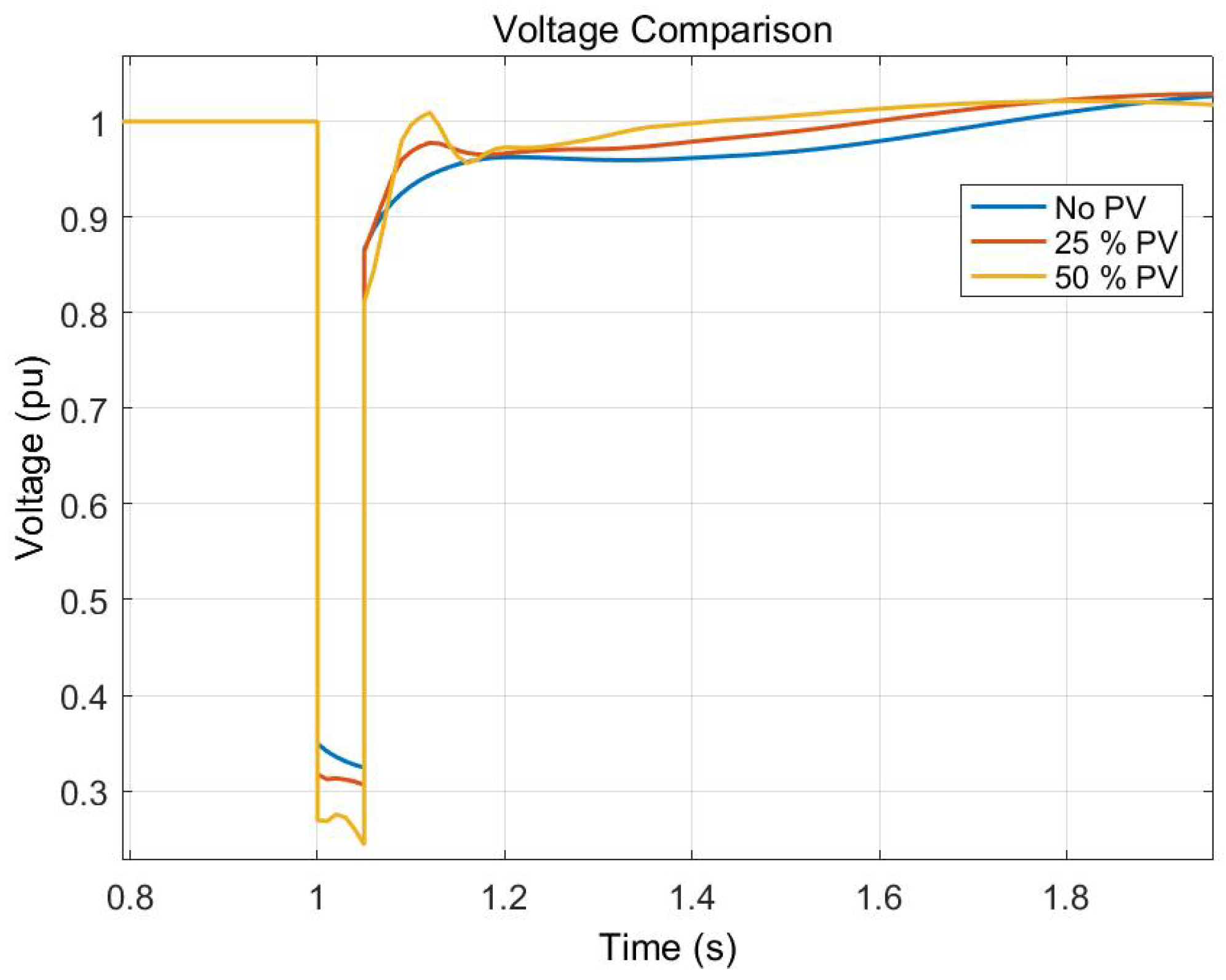


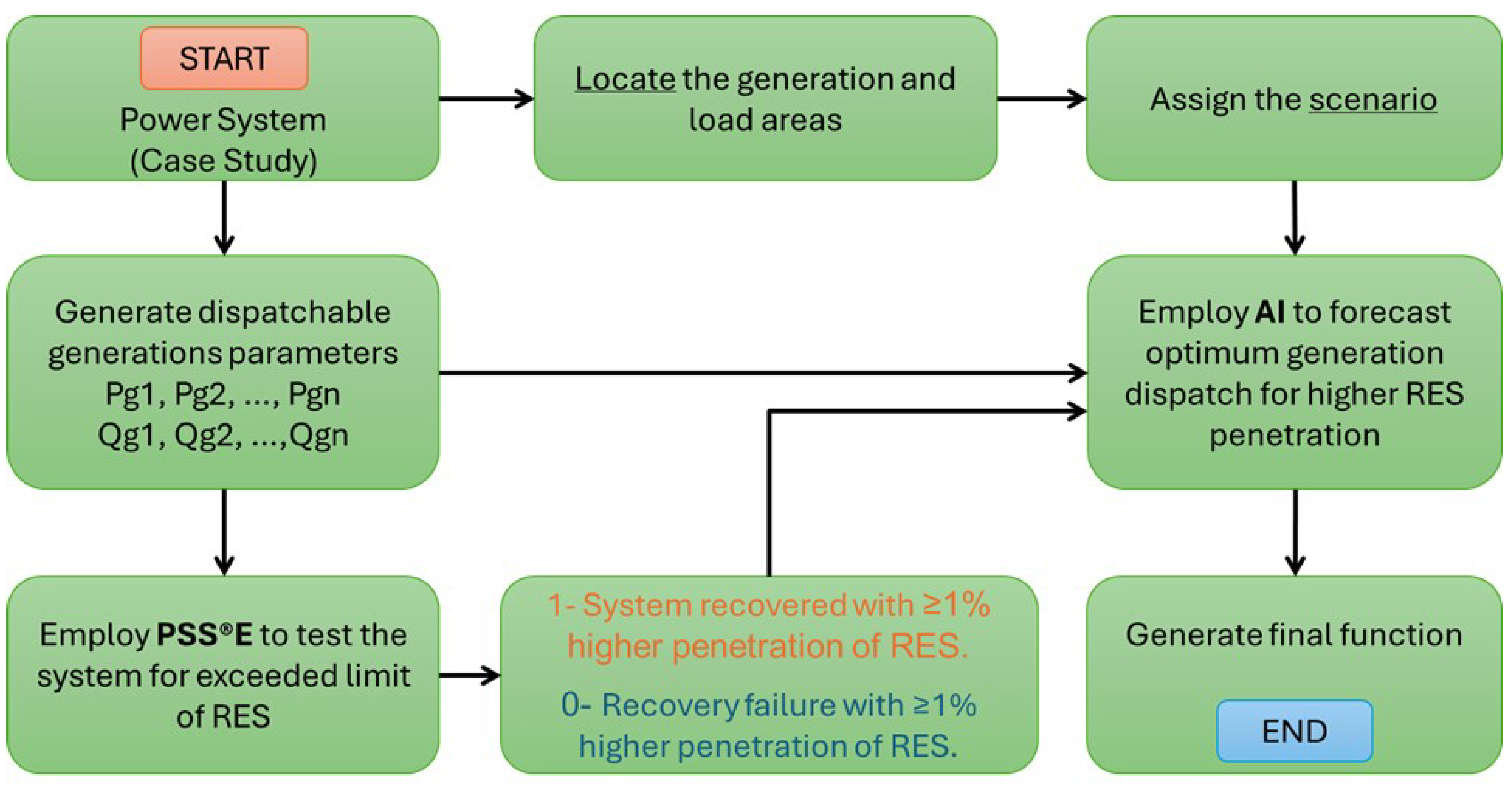
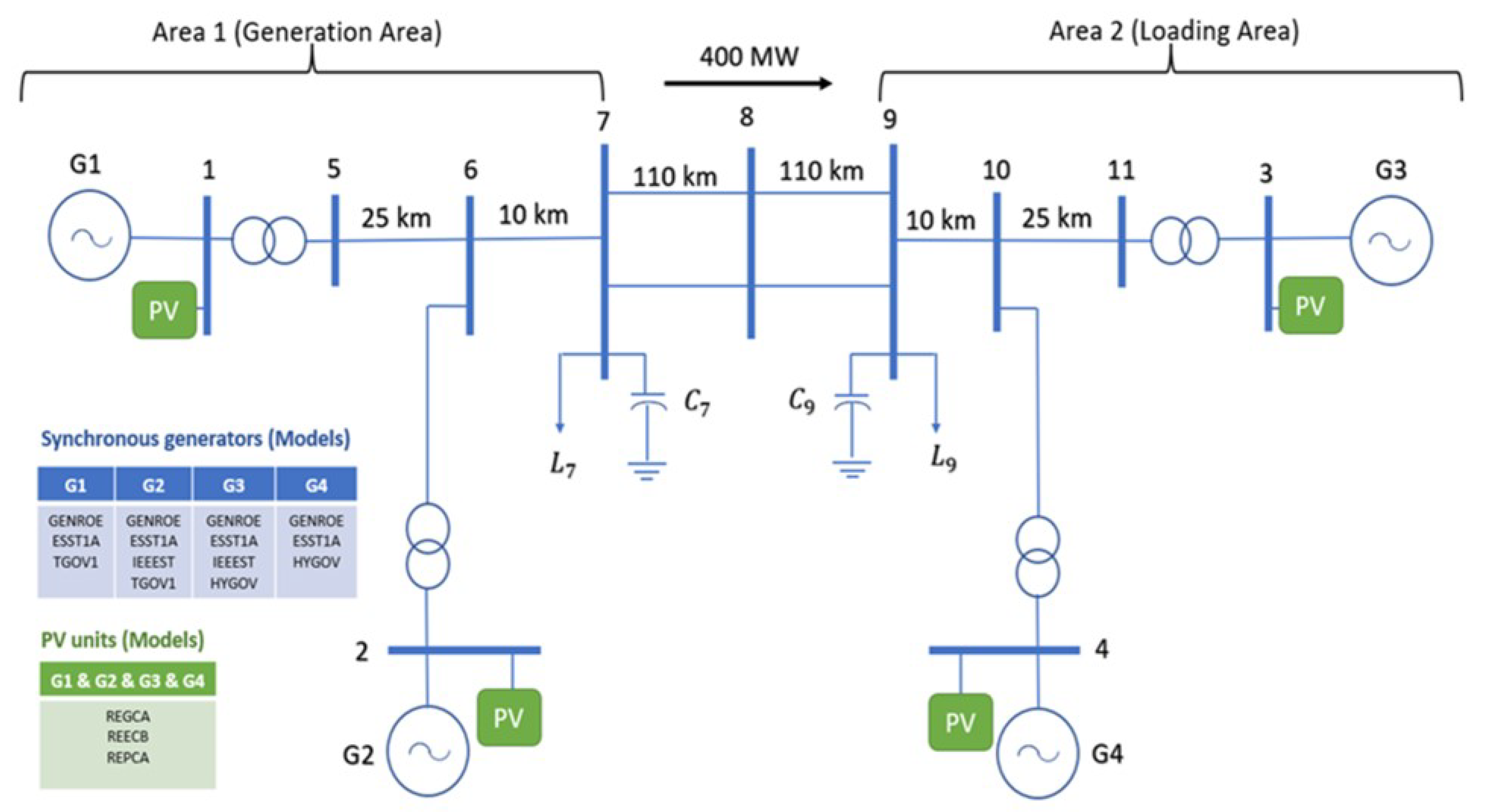


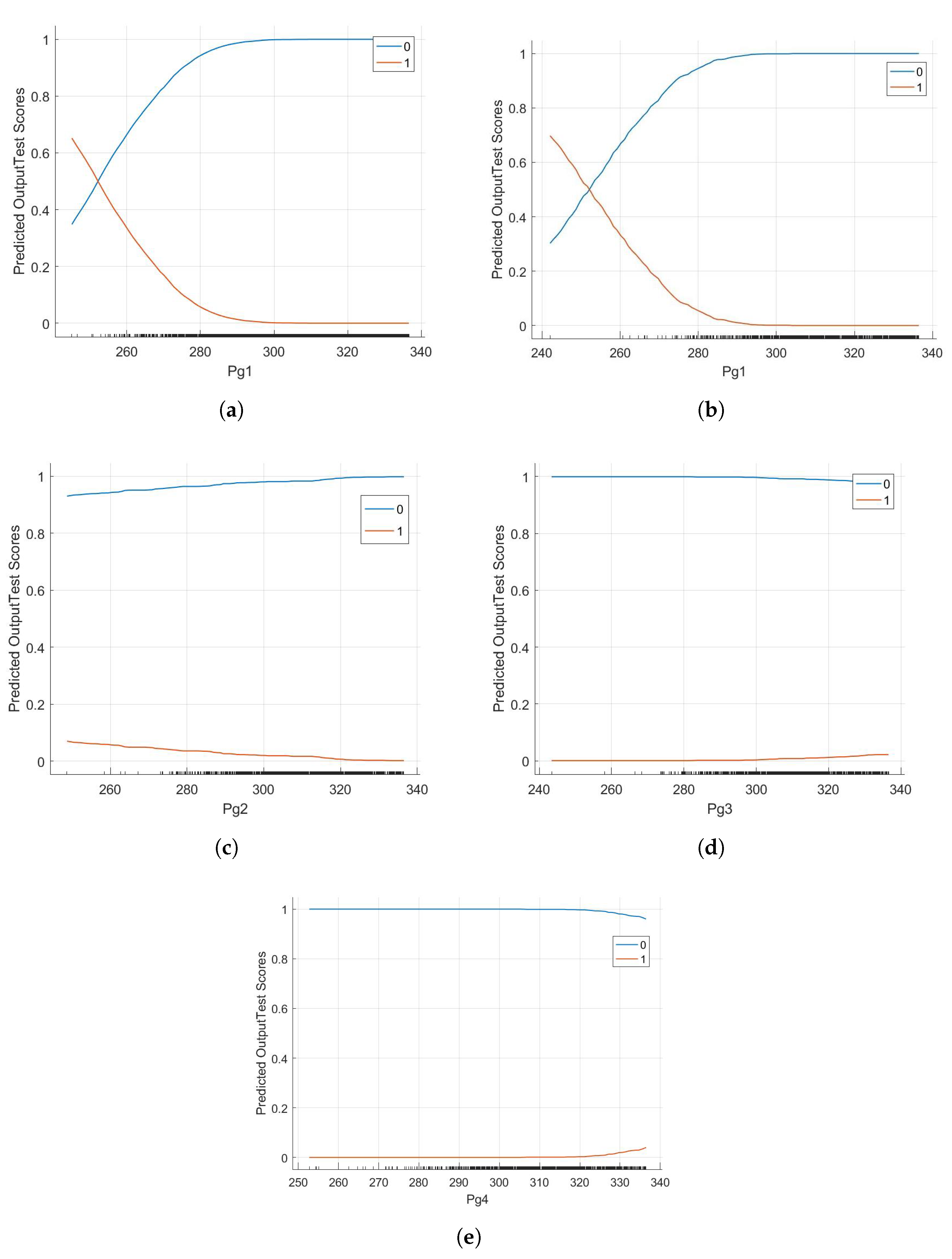
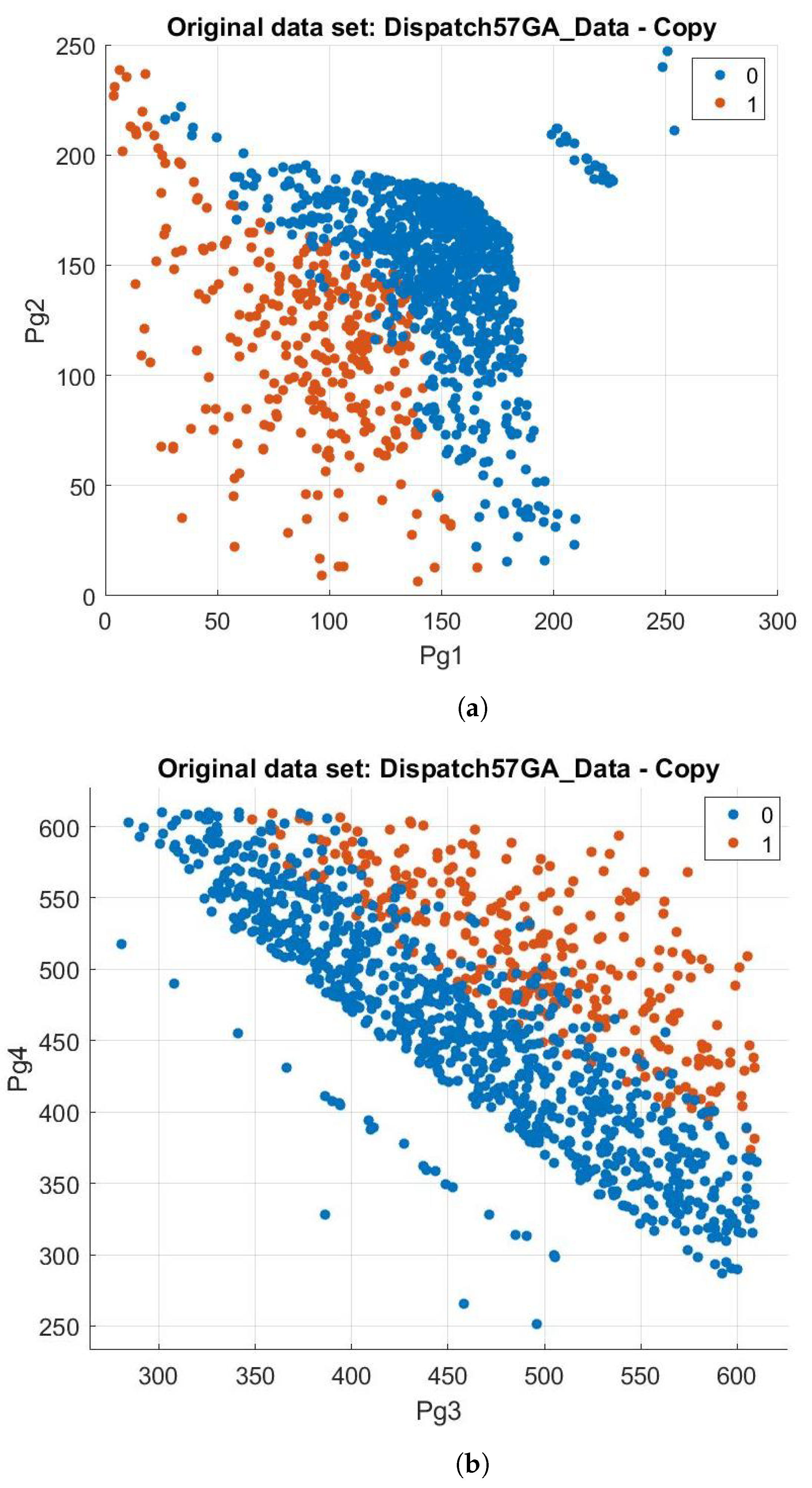
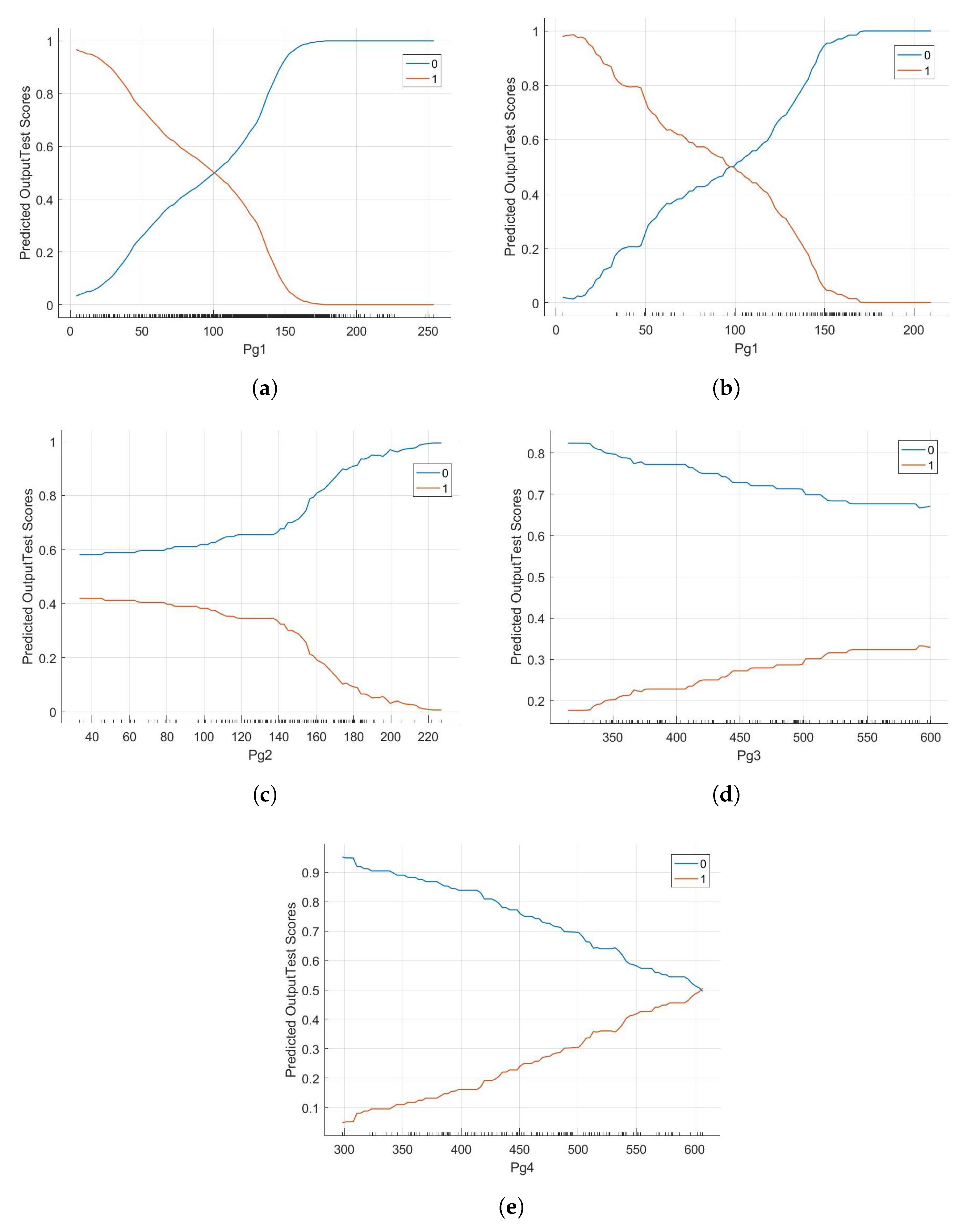
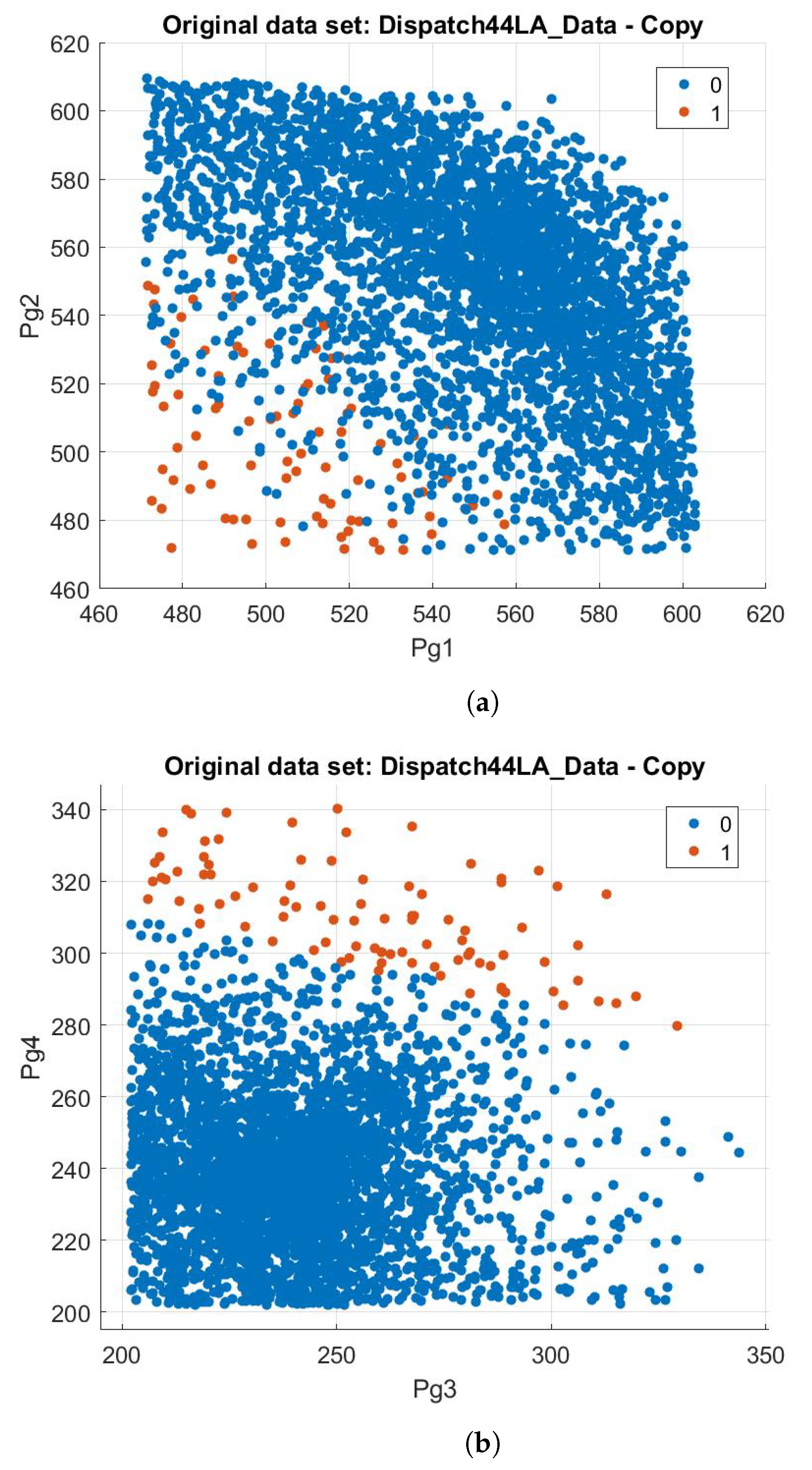

Disclaimer/Publisher’s Note: The statements, opinions and data contained in all publications are solely those of the individual author(s) and contributor(s) and not of MDPI and/or the editor(s). MDPI and/or the editor(s) disclaim responsibility for any injury to people or property resulting from any ideas, methods, instructions or products referred to in the content. |
© 2024 by the authors. Licensee MDPI, Basel, Switzerland. This article is an open access article distributed under the terms and conditions of the Creative Commons Attribution (CC BY) license (https://creativecommons.org/licenses/by/4.0/).
Share and Cite
Alharbi, M.; Altarjami, I. Dispatch Optimization Scheme for High Renewable Energy Penetration Using an Artificial Intelligence Model. Energies 2024, 17, 2799. https://doi.org/10.3390/en17122799
Alharbi M, Altarjami I. Dispatch Optimization Scheme for High Renewable Energy Penetration Using an Artificial Intelligence Model. Energies. 2024; 17(12):2799. https://doi.org/10.3390/en17122799
Chicago/Turabian StyleAlharbi, Mahmood, and Ibrahim Altarjami. 2024. "Dispatch Optimization Scheme for High Renewable Energy Penetration Using an Artificial Intelligence Model" Energies 17, no. 12: 2799. https://doi.org/10.3390/en17122799




